This is a question for a general scenario I encounter. So I will not be specifying much details besides the voltage level, cable length/type and the power supply type.
Imagine a sensor placed outdoors is measuring some air parameter and it is powered from a receiving unit which is far away and indoors. The sensor output(in the diagram signal SG and signal ground SG_GND) is received inside the receiving unit and measured.
When I see such units they always have sort of protection such as MOV or TVS in the receiver box for over voltage protection.

simulate this circuit – Schematic created using CircuitLab
In general I need to use a single dual power supply(which in the diagram is represented with V1 and V2 above) and also in general power ground and the signal ground are connected inside the sensor.
Does anybody have experience with such setup and its TVS or MOV protection? Between which terminals should one place TVS diodes? I have no experience and couldn't find such practical info. Where should I place the TVSs or MOVs for a very basic protection? If we focus on the receiving unit, I named the terminals as A, B, C,D and E for simplicity.


